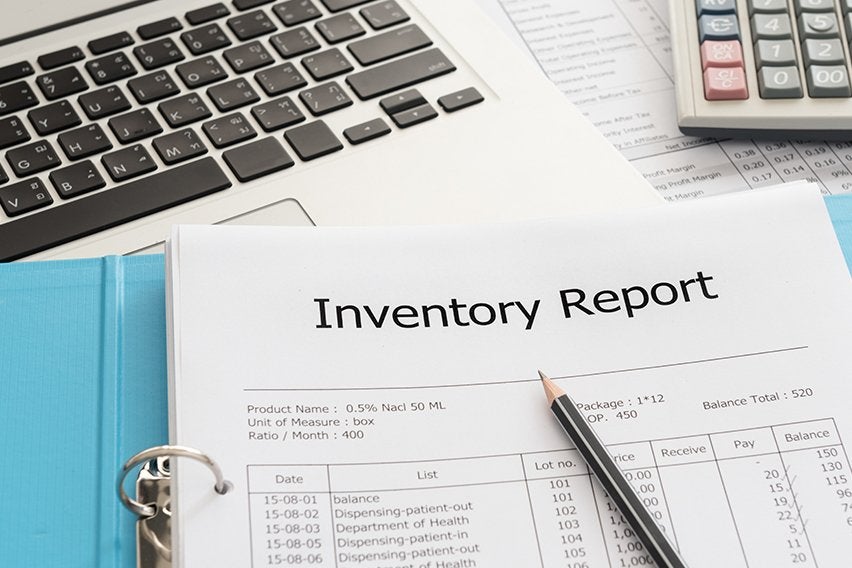What Is Direct Method Cash Flow?

Generating your cash flow statement is an essential part of operating a business. As a business owner, you have a couple of options as to how you go about doing this. The direct cash flow method is one of two accounting treatment methods used to generate a cash flow statement.
Moreover, the direct method uses the actual cash inflows and outflows of the company’s operating activities. Compare this to changing the operating part from the accrual system to the payment realization system. Accrual accounting recognizes revenue when revenue and payments are received from customers.
In contrast, the direct cash flow method only measures cash received. This usually comes from customers and cash payments or outflows, such as payments to suppliers. The cash flow is calculated by netting the inflows and outflows. The direct method is also called the income statement method.
Here’s What We’ll Cover:
Understanding Direct Method Cash Flow
Challenges in Using the Direct Method
Understanding Direct Method Cash Flow
There are three primary financial statements that businesses use. These include:
- Cash flow statement
- Income statement
- Balance sheet
Moreover, the cash flow statement is broken up into three categories:
- Investment activity cash flow
- Operating cash flow
- Financing cash flow

You may prepare your cash flow statement with either direct or indirect methods. Under the indirect method and the direct method, financing cash flow and investment activity cash flow are the same.
Calculating operating cash flow via indirect method makes use of accrual accounting information. As such, it always starts with the income statement’s net income. Adjustments are then made to the net income according to the changes in accounts for assets and liabilities on the balance sheet. This is done by adding or subtracting the net income in order to obtain operating cash flow.
If using the direct method, the only different part of the cash flow statement is the operating cash flow part. And, the direct method provides details from cash payments and receipts from the accounting period.
Subtract the cash outflow from the cash inflow. Then, calculate the net cash flow generated by operating activities. You will also include the net cash generated from investment and financing activities. Thus, you can obtain your company’s current net cash increase or decrease.
Challenges in Using the Direct Method
The direct method has a high difficulty level. Plus, it takes a lot of time to list out all of your cash expenditures and collections. As such, most people prefer using the indirect method.
Besides, most businesses use the accrual accounting method anyway. And it’s consistent with the indirect method. This is because both methods record business activities on the income statement and balance sheet.
Let’s look at a quick example to better understand the connection. We’ll assume that a company using accrual accounting reports its sales revenue on its income statement. This includes credit sales that have not yet been collected by the company.
In accounts receivable, the balance sheet will also reflect the same amount. Businesses that use the accrual accounting method likewise don’t collect or report cash transactions. This is true for customers and suppliers.
Another complication of the direct method has to do with the FASB. It requires companies that use the direct method to include net income reconciliation with operating cash flow. Consider if the indirect method had been used to formulate the statement. The cash flow from operating activities that should have been reported will be reported.
Reconciliation reports are used to examine a business’s operating activity accuracy. This is similar to indirect reports. Reconciliation reports first list net income. They then adjust for changes in non-cash transactions, as well as balance sheet accounts. The extra step involved makes the direct method unfavourable among many businesses.
The Direct Method in Action
An example of the direct method of the cash flow statement included in the business section is as follows:
- Wages paid to employees
- Cash paid out to suppliers and vendors
- Cash received from customers
- Received dividends and interest income
- Income tax and interest paid
The direct method of directly displaying part of the operating cash flow is as follows:
|
Cash flow from operating activities: | |
|
Cash receipt from customers |
$2,000,000 |
|
Wages and salaries |
($500,000) |
|
Cash paid to vendors |
($575,000) |
|
Interest Income |
$200,000 |
|
Income before income taxes |
$1,125,000 |
|
Interest paid |
($200,000) |
|
Income taxes paid |
($350,000) |
|
Net cash from operating activities |
$575,000 |

Listing data this way helps users better understand their cash sources and payment methods. Thus, the FASB (Financial Accounting Standards Board) suggests companies use the direct cash flow method.
The direct method of cash flow statement has its shortcomings. But it reports direct sources of cash income and expenditure, which is helpful to creditors and investors.
Which method you choose is entirely up to you. Just keep in mind that if you’re unfamiliar with the direct method cash flow, you may struggle to get the hang of it at first. That’s why many new startups prefer the indirect method.
It’s the easier of the two and doesn’t require as many steps to complete. By the time most business owners learn the ropes of the direct method, they are already used to the indirect method. So they continue to use that method.
The good news is that you can get help with your income statements by using FreshBooks. This accounting software gives you vital tools and resources. With them, FreshBooks simplifies everything from bookkeeping to client invoices.
Key Takeaways
As a new business owner, it’s important that you have the right tools to aid you in your accounting efforts. If you need to use the direct method cash flow for any reason, you will have the perfect software to assist you when you use FreshBooks.
FreshBooks offers user-friendly tools that help you stay on top of your bookkeeping needs and more. Plus, everything is presented in a sleek user interface that is ideal for both beginners and seasoned professionals.
If you are interested in learning more tips on small businesses, be sure to check out our Resource Hub. There, we regularly provide new information on what it takes to run a successful business in Canada.
RELATED ARTICLES


 What Is Project Accounting? A Complete Guide
What Is Project Accounting? A Complete Guide What Is Net Profit?
What Is Net Profit? 5 Different Types of Accounts in Accounting
5 Different Types of Accounts in Accounting What Is an Expense Account? Definition, Types & Tips
What Is an Expense Account? Definition, Types & Tips Inventory Cost: Definition & Types
Inventory Cost: Definition & Types How to Calculate Cash Flow
How to Calculate Cash Flow